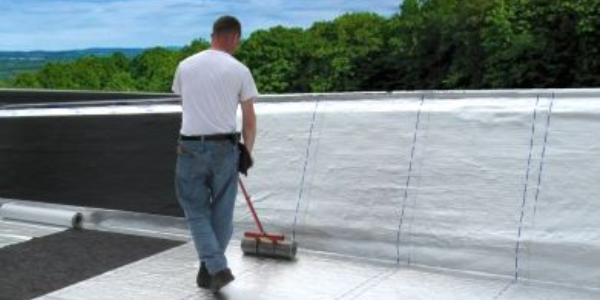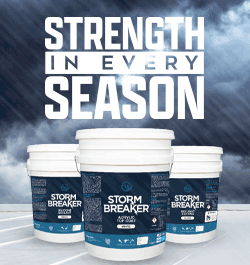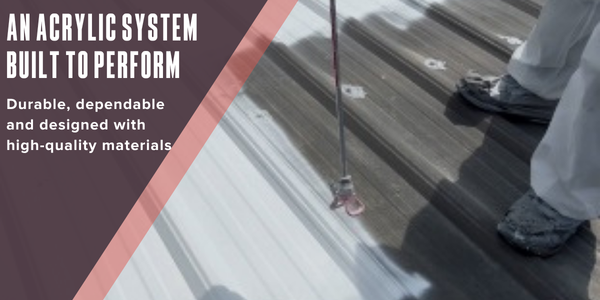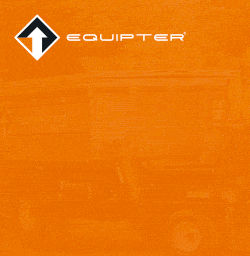Waterproofing Parapet Walls

By David Delcoma, operations manager for MFM Building Products.
Here are some tips and considerations to make for installing flashing on a parapet wall
Parapet walls are unique in that they are exposed to the elements on 3-sides giving them a much higher degree of failure when compared to side walls or roof decks. Proper flashing techniques can definitely extend the life of the parapet wall and limit the chance of water leaks into the building structure.
There are a number of self-adhering membranes on the market designed for specific applications based on the final construction of the parapet wall. Will it be capped and with what – concrete, stone, metal, or no cap? What is the final finish – brick, stucco, metal panels or portions left exposed? These will determine which type of waterproofing membrane is needed.
Typically, we recommend that parapet walls be covered with a membrane that possesses these traits:
- Self-sealing around fasteners – the final exterior cladding typically includes some type of fasteners – a flashing membrane that meets ASTM D 1970 or ASTM E 331 specifications for nail sealability are highly recommended
- Membrane designed for vertical applications – contact the manufacturer to see if the membrane is approved for vertical installation
- Membrane meets ASTM D 1970 for material thickness which is 40 mils – this minimum thickness provides a robust membrane and a solid waterproofing foundation
Parapet wall and membrane considerations to make
- If the parapet wall will be capped with METAL – make sure that the flashing membrane is rated for high-heat environments – MFM offers a number of membranes rated to 250°F for applications such as these – if a non-high-rated membrane is used, the heat will melt the mastic, which will run out causing the membrane to lose all its waterproofing properties
- If the parapet wall will utilize brick, stucco or other masonry-based product – ensure that the membrane can withstand these high moisture environments – membranes meeting ASTM E 96 for vapor permeance are recommended
- If the interior section of the parapet wall will be left exposed, MFM offers a UV-stable waterproofing membrane that does not require any coverings to be left exposed indefinitely
General installation tips and areas of concern when flashing a parapet wall
- Starting where the parapet wall meets the roof deck, install a 12” piece of flashing membrane – half of the membrane up the parapet wall and the other half onto the roof deck – a 3/4" fillet along this intersection point of wall to roof will help with an easier transition from wall to roof deck
- Install a full sheet, 36” wide membrane, overtop the 12” section and extend up the vertical wall – if possible, wrap the sheet up and over the top cap section for best waterproofing practice – if cap is un-removeable, use a termination bar just under the cap to secure the membrane in place and finish with a bead of sealant along this leading edge
- Always overlap membranes by a minimum of 3” to ensure a secure seal on overlaps – make sure that water flows over the lap and not against the lap (just like in roofing)
- We recommend priming all masonry and weathered surfaces to ensure the best bond of the membrane to the substrate
- As with any self-adhering product, rolling the membrane with a hand roller ensures maximum contact of the membrane to the substrate – always pay special attention to all overlap areas
The greatest potential for leaks is where the parapet wall meets the roof deck – eliminate this by using a 12” piece of membrane then covering with a full sheet. This is a key point for a success waterproofing application for years of worry-free performance.
Learn more about MFM Building Products Corp. in their Coffee Shop Directory or visit www.mfmbp.com.






















Comments
Leave a Reply
Have an account? Login to leave a comment!
Sign In